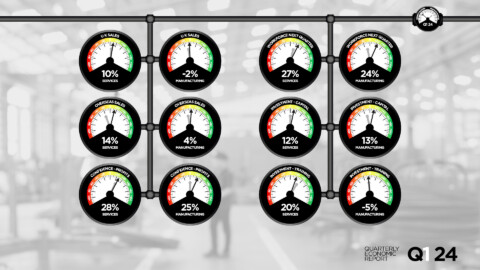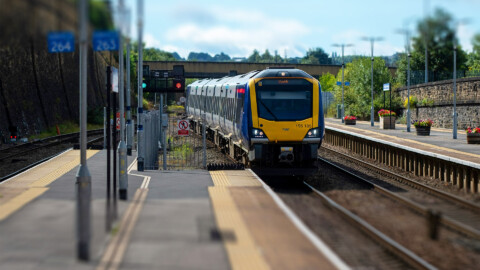Would 15-minute communities work for Leeds?
The rise in demand for places where people can live, work and spend their leisure time all within their local communities has led to a resurgence in the idea of a 15-minute community. The concept has been around for several years and, in short, seeks to rethink how communities are planned by focusing on reducing car-dependency and long commutes. It improves quality of life by ensuring all essential amenities can be reached within a 15 or 20-minute journey from home, whether on foot, bike or by public transport. Are 15-minute communities really the shape of our cities in the future or are they only half the answer?
There is certainly value for communities to revolve around a physical centre where there are more facilities on our doorsteps. The pandemic has made people think more locally, with many reflecting on how a city can function better. It is true that people value the feeling of a connection to their local community, and it is important that we distinguish between ways to organise a community and how to differentiate this from the city labour market.
For 15-minute communities to work, those communities need to be part of a wider network that link in some form to a definable central hub. Crucially, 15-minute communities should be part of an urban plan and should not hollow out the core of a city. To achieve that, 15-minute communities must be incredibly well-connected to the city centre that they surround. Another key element is being very clear about what a community wants to offer. If they are trying to be mini cities that offer a bit of everything, that won’t succeed on a small scale. Communities need to think carefully about the problems they need to address, with a significant emphasis on creating job and employment within smaller, more time-bound communities.
For instance, a community may be centred around people who work in life sciences, financial services or creativity targeted at specific areas of a large city where people who work in those various industries tend to reside. This would not only regenerate failing high streets but may also bring new housing, shared office space and a night-time economy offering. If you look at the demographics of people working in Canary Wharf, a significant number live in South West London. It would make sense to have a financial hub in this area so people can easily travel to work by foot, bike or public transport – one of the key principles of a 15-minute community.
A great example of this working is the Randstad, a megalopolis in the central-western Netherlands consisting primarily of the four largest Dutch cities and their surrounding areas. People can cycle and walk to work and property prices are more affordable, but inhabitants are still able to benefit from nearby Amsterdam as the transport network is so hyper-connected. Here in the UK, Arcadis has been working with garden villages and has found that many are keen to have elements of 15-minute community principles, particularly the ability to cycle and walk to facilities people need.
This is a once-in-a-generation opportunity for planners to set a renewed vision for the future of Leeds city centre, in close consultation with the community. There is no shortage of sites such as underused shopping centres or vacant offices that can be repurposed along 15-minute principles. Changing the use of these assets to suit the needs of the community through high quality mixed-use or ‘build to rent’ developments could provide a number of benefits. These could include allowing people to live closer to where they work, shop and play, provide better access to health and community services and help deliver creative public realm initiatives such as shared mobility docks or electric vehicle charging points.
Similarly, for district or town centres across the city, such as Pudsey or Otley, applying the 15-minute community concept literally would not work. These centres should not try to compete or re-provide services that can be found in the city centre as they would not be viable and in-turn would weaken the demand and therefore aggregation of uses within the city centre. However, providing a wider selection of outreach services in a hub and spoke type model, local employment opportunities, or providing more accessible and better-quality local facilities within these centres will support their sustainability, underpinned by excellent public transport links to Leeds City Centre.
Ultimately, it is not about saying that there is a set of rules for 15-minute communities to abide to, but to intelligently weave in the principles that work for individual areas. No place really benefits if it stands alone as a small community, but ruthlessly cherry-picking relevant elements of 15-community thinking and discarding the bits that won’t work is the way forward.
By Nick Kealey, Head of Public Sector for Yorkshire







